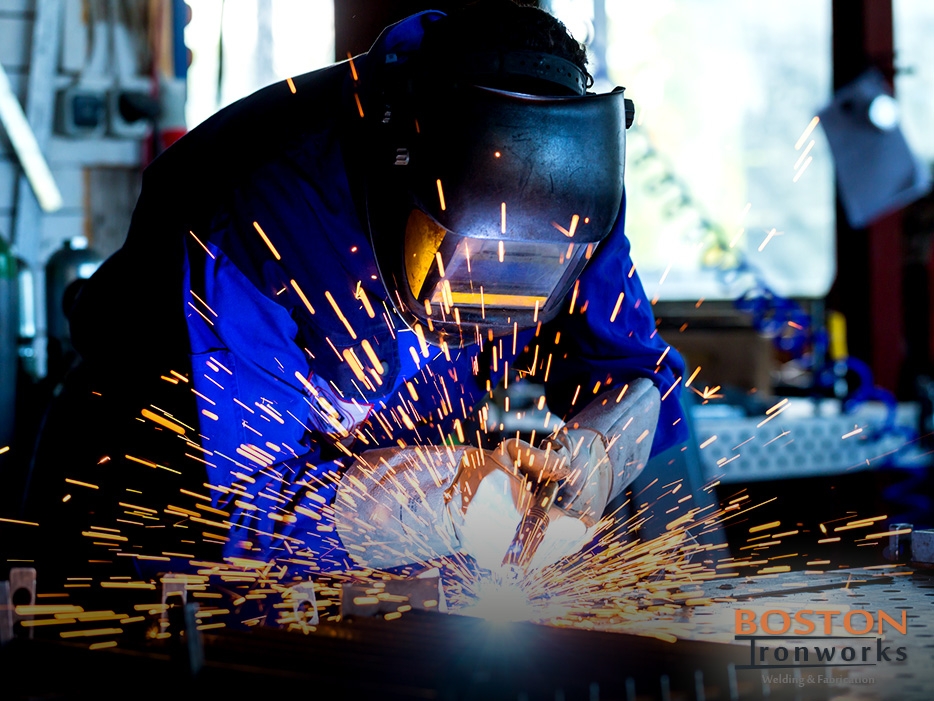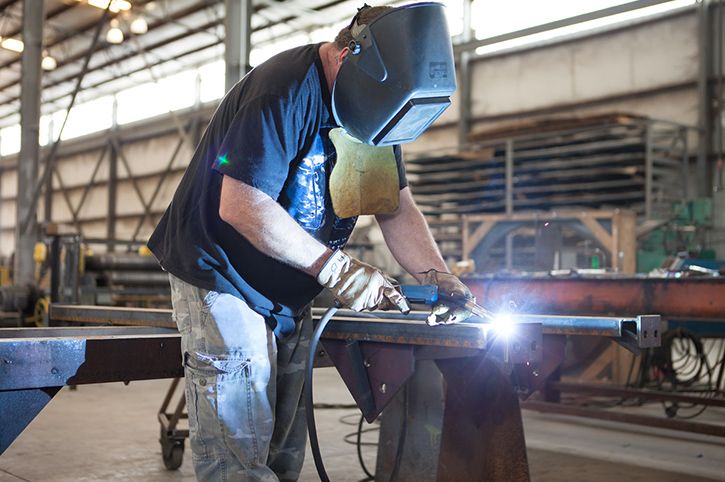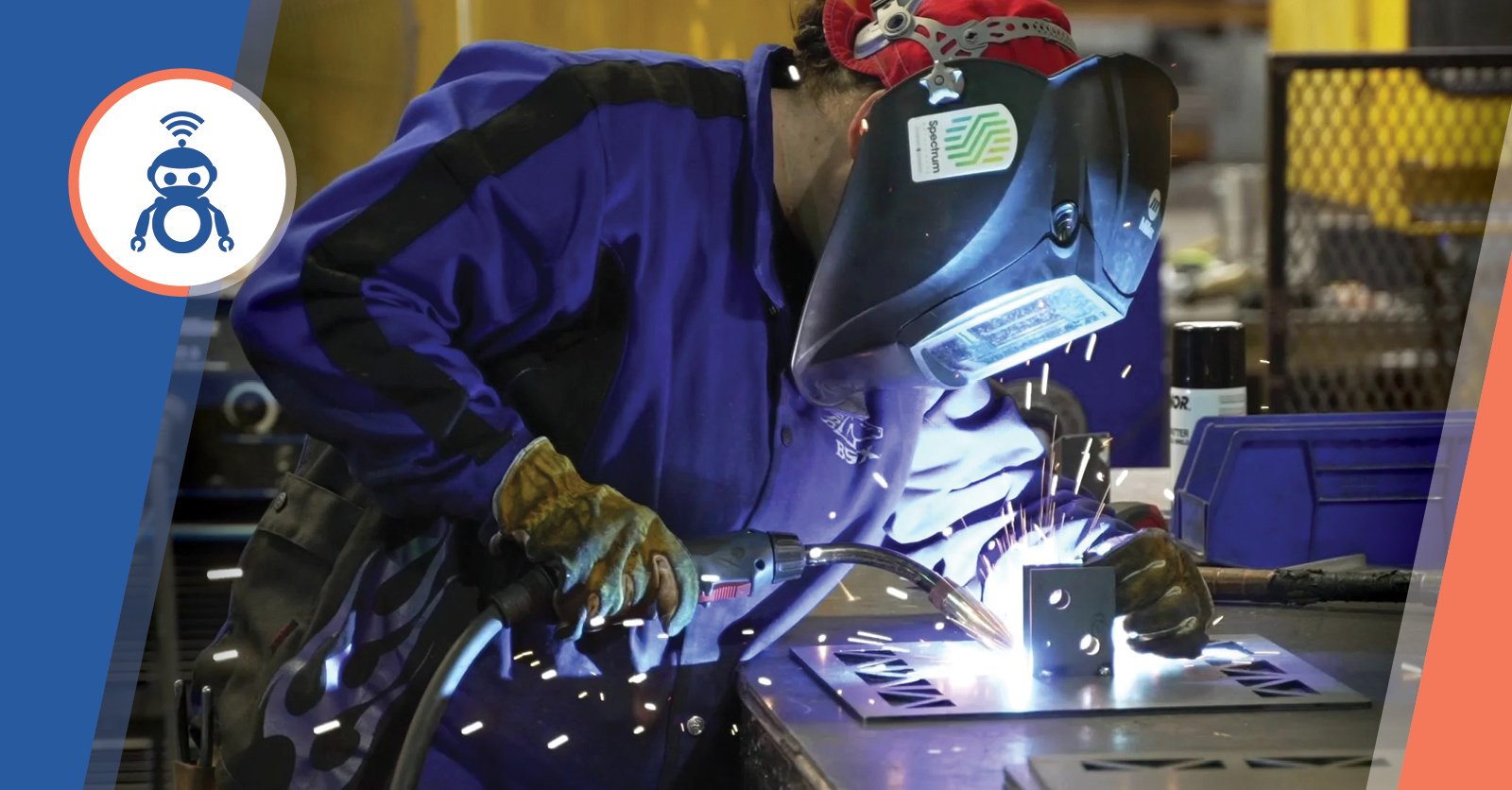Typical Welding Fixing Issues and How to Address Them Properly
Welding repairs commonly come across a range of concerns that can threaten the honesty of the end product. Common troubles include insufficient infiltration, porosity, and imbalance, to name a few. Each flaw provides special challenges that call for details strategies for resolution. Understanding these problems is crucial for welders aiming to improve their abilities and outcomes. This discussion will certainly explore these usual welding repair service problems and efficient methods to resolve them.
Poor Penetration
Inadequate infiltration happens when the weld steel stops working to completely fuse with the base product, leading to weak joints and prospective architectural failings. This concern frequently stems from insufficient warm input, incorrect electrode angle, or incorrect welding speed. Welders may encounter insufficient infiltration because of a miscalculation of the essential specifications for a particular material thickness or kind. Additionally, contamination on the base material's surface can impede efficient bonding, worsening the trouble. To address insufficient infiltration, welders must ensure suitable setups on their tools and keep a tidy work surface. Routine evaluation of welds is recommended to recognize any type of deficiencies early, permitting timely modifications and the prevention of jeopardized architectural integrity in welded settings up.
Porosity
Porosity is a typical flaw in bonded joints that manifests as little gas bubbles entraped within the weld steel. This problem can compromise the integrity of the weld, bring about lowered stamina and prospective failing under stress and anxiety. Montana Mobile Welding and Repair Belgrade Fabrication. Porosity typically occurs from contamination, wetness, or inappropriate welding strategies, which enable gases to get away right into the liquified weld swimming pool. To address porosity, welders should assure correct surface area prep work, keep a clean workplace, and utilize suitable welding specifications. Additionally, picking the appropriate filler product and protecting gas can alleviate gas entrapment. Normal assessment and testing of welds can aid identify porosity early, assuring prompt corrective actions are taken, thereby preserving the top quality and reliability of the welded framework
Imbalance
Misalignment in welding can occur from various aspects, consisting of improper arrangement and thermal expansion. Recognizing the origin creates is crucial for efficient resolution. A number of correction methods are available to straighten parts and guarantee architectural stability.
Sources of Misalignment
Welding misalignment often comes from a range of underlying concerns that can endanger structural integrity. One primary reason is incorrect fit-up of components before welding, which can bring about voids and uneven surface areas. Variations in thermal expansion throughout the welding procedure can additionally cause distortion, specifically if the materials being signed up with have various coefficients of development. Furthermore, poor clamping and fixturing may fall short to hold components safely in position, causing motion during welding. Inadequately maintained devices, including welding equipments and devices, may present variances in the weld bead, more adding to misalignment. Operator error, stemming from inadequate training or experience, can also play a substantial duty in developing misaligned welds.

Correction Techniques Available
Dealing with misalignment properly requires a mix of corrective methods customized to the specific concerns handy. One usual technique is using jigs or components to hold parts in the appropriate position during welding, making certain regular positioning. In addition, preheating the materials can help in reducing distortion and improve fit-up. For significant misalignment, mechanical adjustment strategies, such as utilizing hydraulic jacks or clamps, can be utilized to remedy the placement prior to welding. Post-weld heat treatment might additionally be required to soothe anxieties triggered by misalignment. Finally, careful evaluation and adjustment during the configuration phase can stop misalignment problems from ending up being considerable issues, advertising a smoother welding process and enhancing total architectural integrity.
Distortion
Distortion is an usual challenge in welding that can occur from different factors, consisting of irregular home heating and cooling. Understanding the root causes of distortion is essential for implementing reliable prevention methods. Resolving this problem not just enhances architectural integrity yet also improves the total top quality of the weld.
Reasons for Distortion
When based on the intense heat of welding, products frequently go through changes that can lead to distortion. This phenomenon mostly emerges from thermal development and tightening throughout the welding procedure. As the weld location warms up, the material increases; upon air conditioning, it gets, which can produce inner stresses. In enhancement, irregular heating across a workpiece can intensify these anxieties, leading to bending or flexing. The kind of product likewise plays a considerable duty; steels with differing thermal conductivity and coefficients of development may react in a different way, causing uncertain distortions. Inadequate joint design and insufficient fixturing can contribute to misalignment during welding, enhancing the likelihood of distortion. Recognizing these reasons is vital for reliable welding repair service and prevention strategies.
Avoidance Techniques
Reliable avoidance techniques for distortion throughout welding concentrate on controlling heat input and making sure appropriate joint style. Preserving a consistent heat input aids to these details minimize thermal expansion and contraction, which can bring about distortion. Making use of methods such as preheating the workpiece can additionally minimize the temperature level gradient, promoting consistent heating. In addition, picking suitable joint designs, such as T-joints or lap joints, can enhance security and decrease anxiety focus. Carrying out proper fixturing to safeguard the work surfaces in place better help in keeping alignment throughout the welding process. Ultimately, staggered welding series can distribute warmth more evenly, avoiding localized distortion. By applying these approaches, welders can substantially reduce the probability of distortion and improve the general top quality of their welds.
Breaking
Splitting is an usual issue encountered in welding fixings, frequently arising from different elements such as incorrect air conditioning rates, material selection, or insufficient joint preparation. The incident of cracks can considerably compromise the integrity of the weld, resulting in prospective failings during operation. To address this issue, welders need to first evaluate the origin triggers, guaranteeing that materials are compatible and suitably chosen for the particular application. In addition, controlling the air conditioning rate during the welding process is important; fast air conditioning can cause stress and anxiety and bring about splitting. Correct joint style and preparation additionally add to minimizing the risk. Executing these approaches can enhance weld top quality and sturdiness, inevitably reducing the chance of cracking in finished weldments.

Insufficient Fusion
A substantial problem in welding repairs is insufficient combination, which happens when the weld metal does not properly bond with the base material or previous weld from this source passes - Montana Mobile Welding and Repair Belgrade Fabrication. This flaw can result in weak points in the joint, possibly endangering the integrity of the welded structure. Factors adding to incomplete blend include inadequate warmth input, incorrect welding technique, and contamination of the surface areas being signed up with. To resolve this concern effectively, welders must guarantee proper pre-weld cleansing and surface prep work, as well as adjust their welding criteria to achieve sufficient penetration and fusion. Regular inspection during the welding procedure can likewise help determine insufficient fusion early, permitting for timely restorative measures to enhance the general high quality of the weld
Overheating
While welding repairs can enhance structural integrity, overheating presents a considerable challenge that can bring about material degradation. Excessive warmth throughout welding can alter the mechanical buildings of metals, causing reduced stamina, raised brittleness, and bending. This phenomenon is especially important in high-stress applications where architectural integrity is extremely important. Recognizing overheating can entail aesthetic assessments for discoloration or distortion, along with keeping an eye on temperature level during the welding procedure. To minimize the threats connected with overheating, welders should use ideal methods, such as regulating heat input, adjusting travel rate, and making use of suitable filler products. In addition, executing pre- and post-weld warm therapies can assist bring back material properties and enhance the overall quality of the fixing, making certain long-lasting performance and safety.
Frequently Asked Inquiries
What Are the Typical Signs of a Welding Defect?

Just How Can I Evaluate My Welds for High quality?
To examine welds for top quality, company website one can utilize aesthetic inspections, ultrasonic screening, and radiographic approaches. Each method guarantees architectural stability, identifies issues, and verifies adherence to defined criteria, ultimately enhancing the integrity of the welded joints.
What Security Preventative Measures Should I Take While Welding?
When welding, one ought to prioritize safety by wearing proper personal protective tools, making certain correct air flow, protecting flammable products away, maintaining a clean office, and being aware of environments to protect against crashes and injuries.
Can I Repair a Weld Without Redoing the Entire Joint?
Fixing a weld without remodeling the whole joint is possible, depending on the damages (Belgrade Fabrication). Methods such as grinding, adding filler material, or making use of a welding process can effectively attend to certain defects while preserving the surrounding framework
What Tools Are Essential for Effective Welding Fixes?
Necessary devices for effective welding repairs include a welding device, cord brush, mill, safety equipment, clamps, and filler products. Each device plays an essential role in guaranteeing top quality and safety and security throughout the repair service process. Porosity normally arises from contamination, wetness, or improper welding methods, which allow gases to run away right into the liquified weld pool. Inadequately conserved devices, consisting of welding devices and devices, may introduce inconsistencies in the weld grain, more contributing to imbalance. When subjected to the intense warmth of welding, materials commonly undergo changes that can lead to distortion. Splitting is a common concern encountered in welding fixings, typically resulting from different variables such as incorrect air conditioning prices, product selection, or inadequate joint preparation. A significant issue in welding repairs is incomplete fusion, which takes place when the weld steel does not appropriately bond with the base material or previous weld passes.